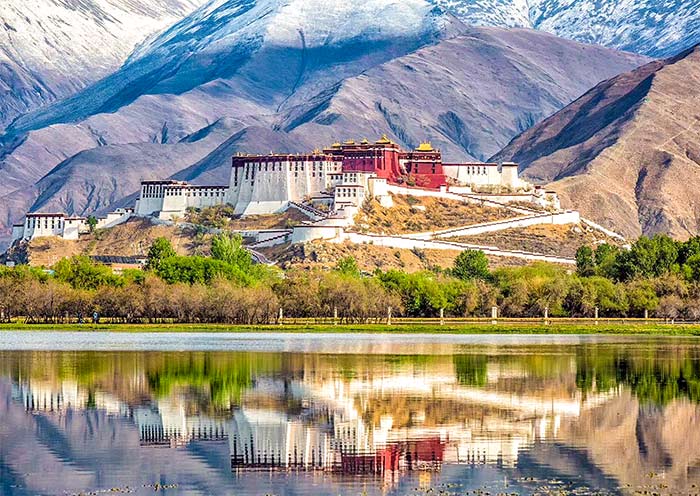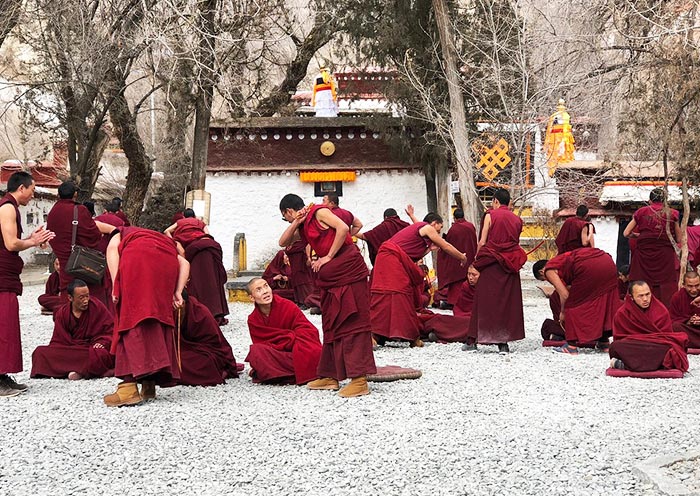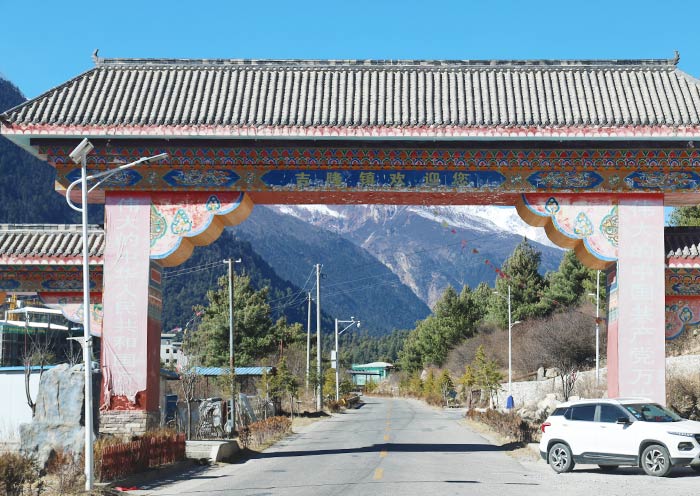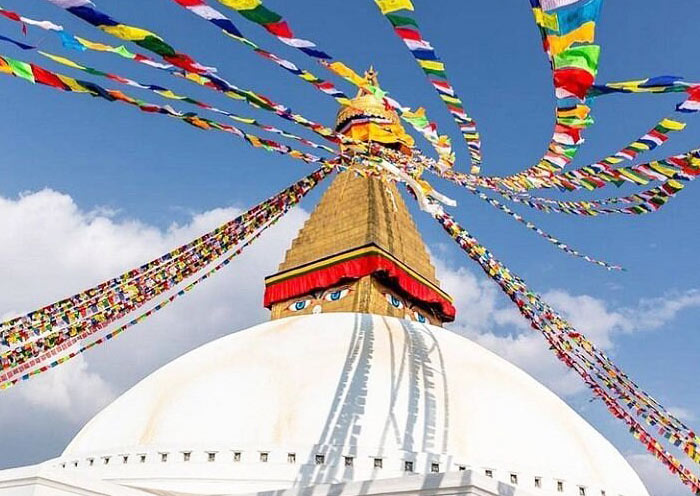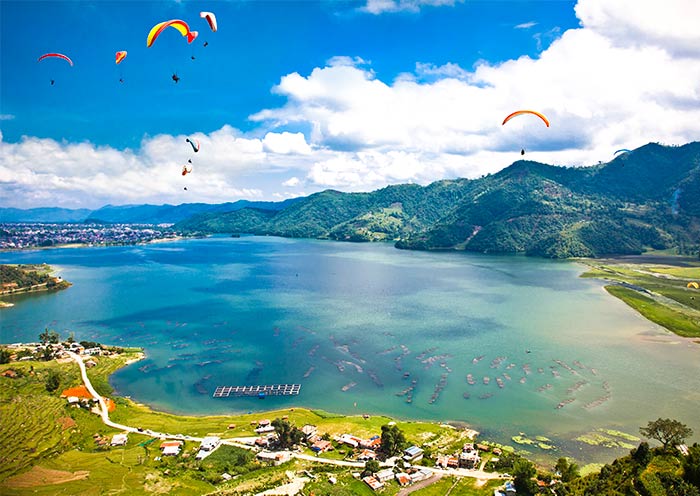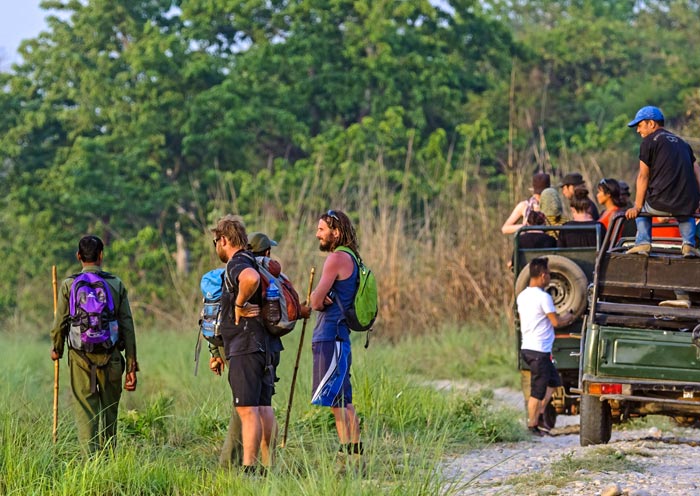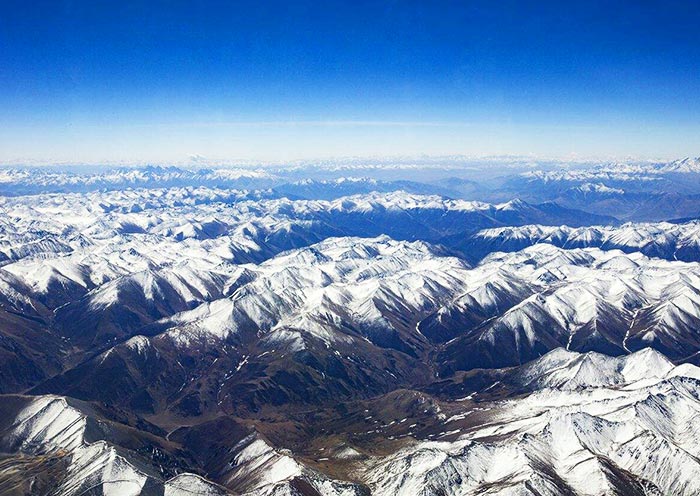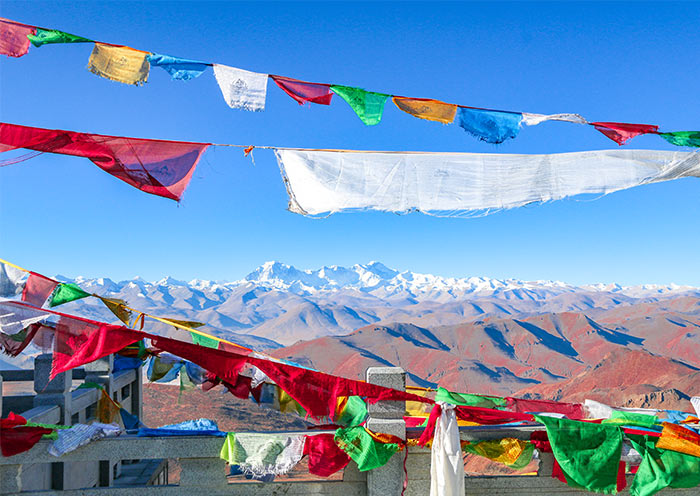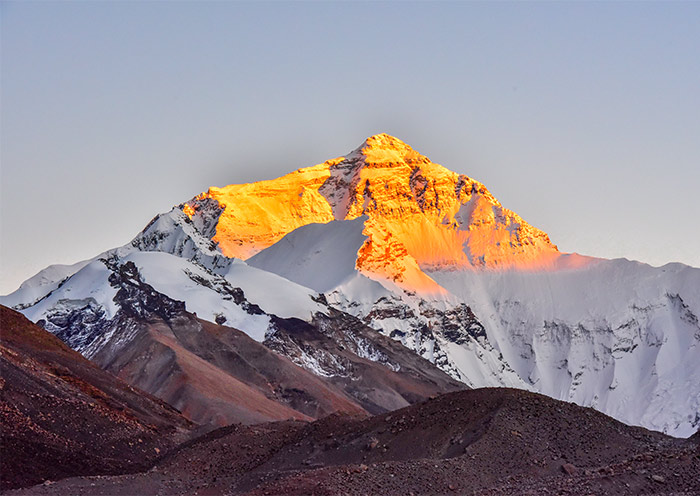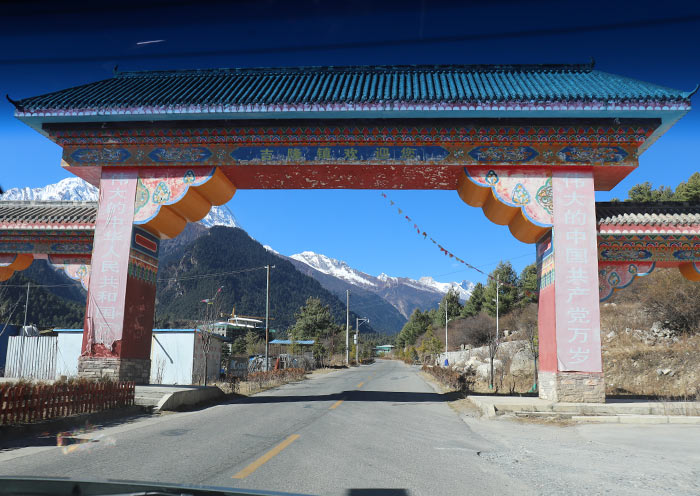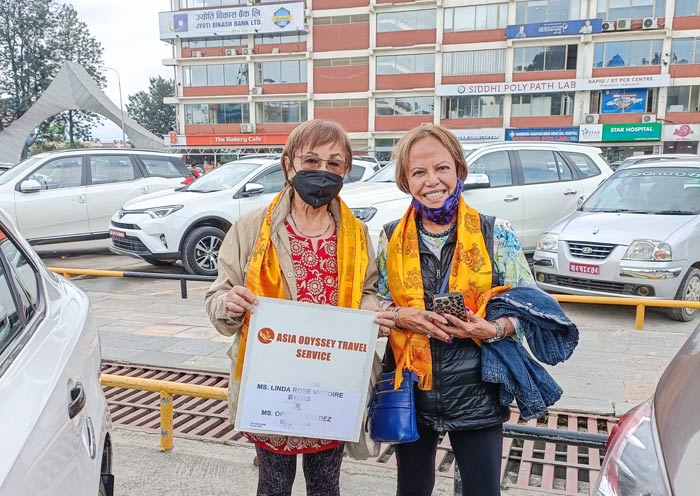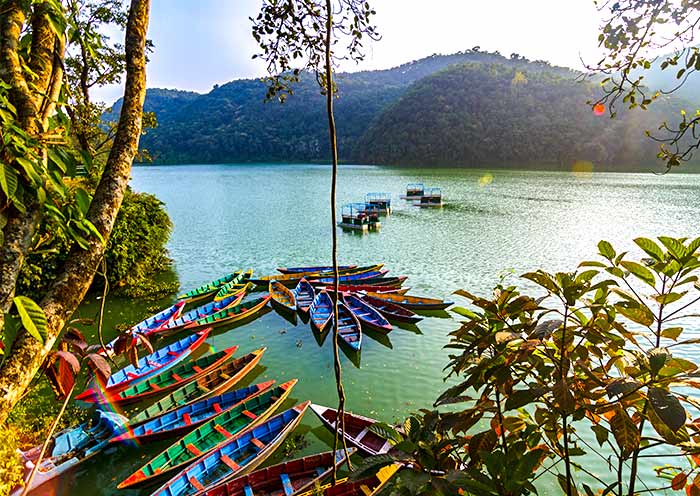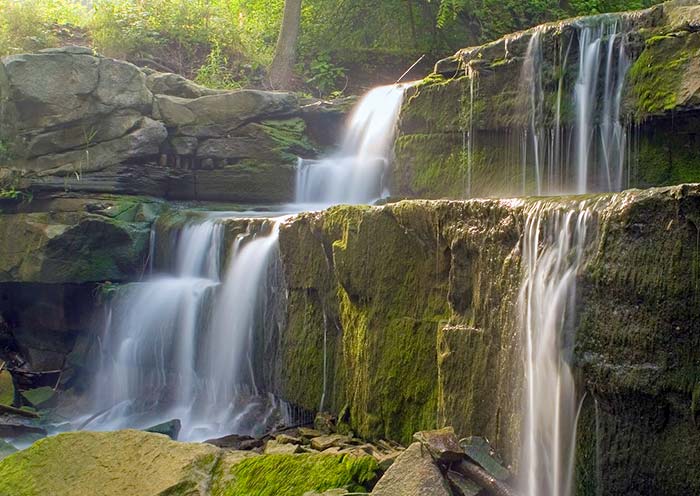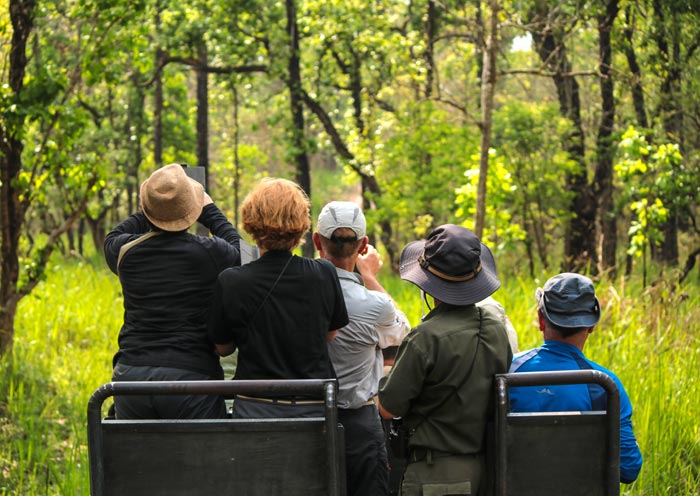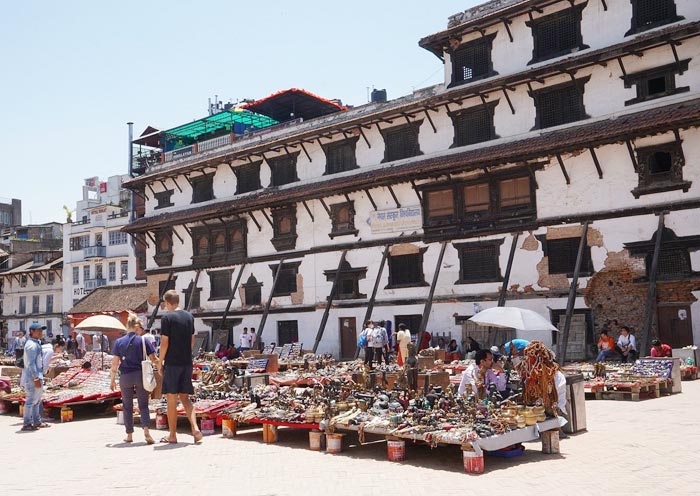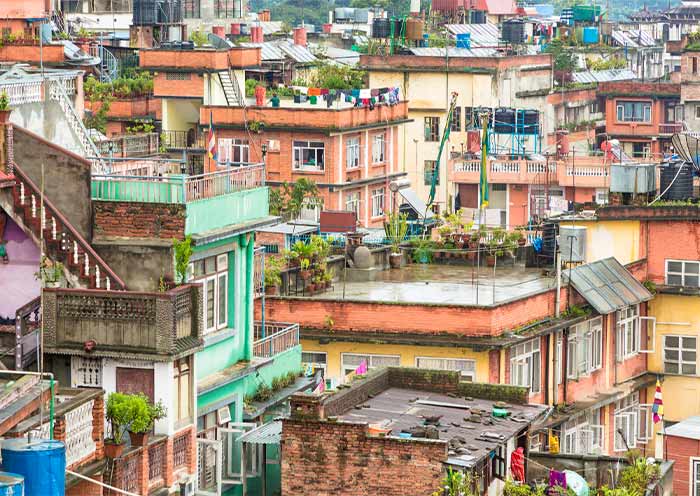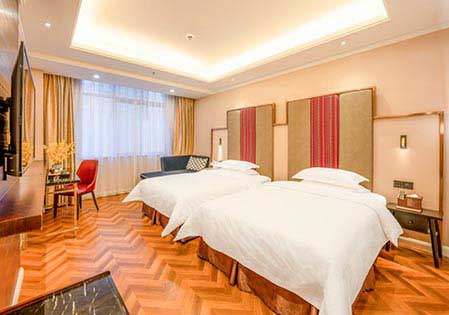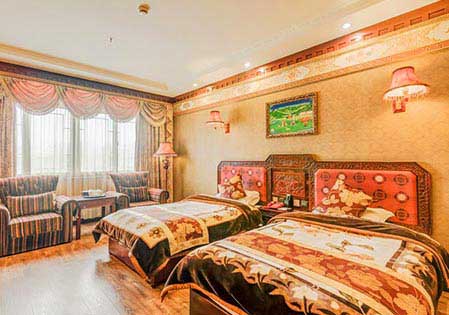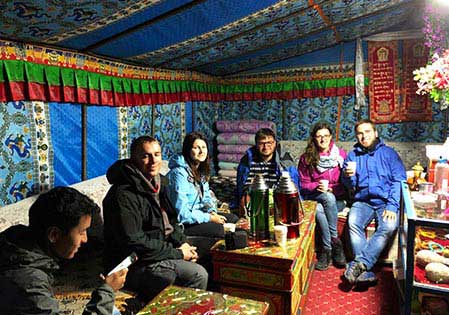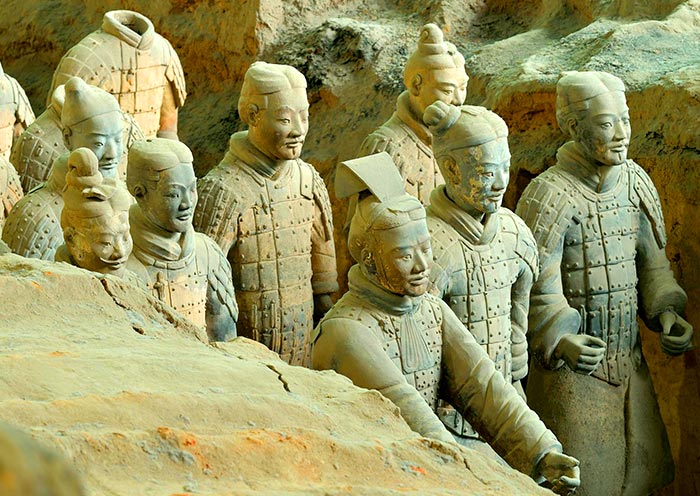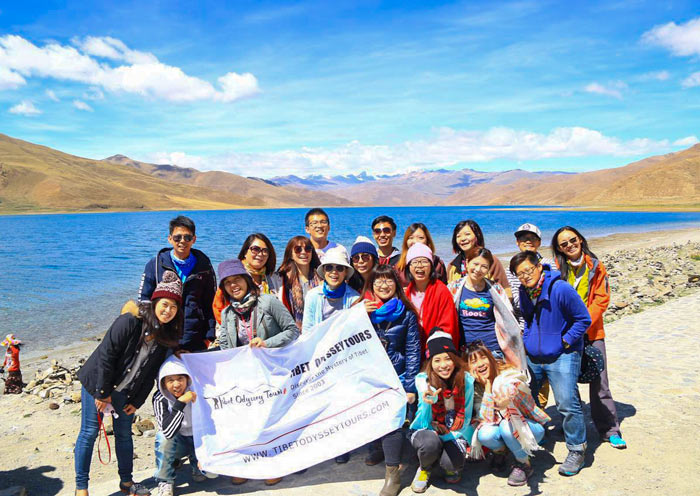Take a full day inside Chitwan National Park, immerse yourself in nature, enjoy the jungle activities for a memorable experience. As the largest wild animal park in Nepal and one of the biggest forest parks of Asia, the Royal Chitwan National Park is the best place to enjoy bird watching, jungle walking, jeep safari, and canoeing.
During your adventure in the park, you may spot the superstar of the park - the endangered greater one-horned rhinoceros. You can explore the jungle in an open jeep (jeep safari). This is more exciting because you will have more chances to see more wild animals than riding an elephant. In Nepal's Chitwan National Park, the most commonly encountered animals are spotted deer, crocodiles, peacocks, and various bird species. The next in line are the Asian one-horned rhinoceros, turtles, and monkeys. The most elusive animals to encounter are Bengal tigers, bears, and leopards. The journey takes about 4-5 hours, and if you can, go in the morning when the animals are more active.
Canoeing (1hour; Optional) along the Rapti River is a very popular way. Sitting on the boat with local guide to watch waterfowls, crocodiles, deer and even the Gangetic dolphin, is quite relaxing and memorable. Stay overnight in Chitwan.
Jungle Activities Time Table for Reference:
1. 6:30 AM: Jeep Safari in the jungle: (Duration:4-5 Hours)
Proceed for the Jeep Safari crossing the Rapti River by Patela Boat to start with from Bhimle army check post. There are two choices of routes available, which our naturalists pick upon their experience on current sightings and animal movement.
Route 1: Bhimle post - Sukhibhar post towards Kasara (park headquarter)
Route 2: Bhimle post - Reu River- Surung Khola
Route 3: Bhimle Post - Reu River- towards Khoria Muhan Post
2. 3:00 PM: Walking Safari: (Duration:2-3 Hours)
A walk inside the National park accompanied by an experienced naturalist and nature guide to explore the wildlife, flora & fauna and birding.
(Please note that the activities will be subject to change based on the weather situation and the time.)
Warm Tips:
1.Sunset: If the weather is good, you must go to the riverside to watch the sunset! Enjoy the priceless sunset on the "East Rapti River" with the locals.
2. Dress code: Long sleeves, long pants, sneakers, and a sun hat. First, it's for sun protection, and second, to avoid scratches while trekking through the jungle. Avoid wearing bright-colored clothes to prevent disturbing the wildlife. There can be a significant temperature difference between morning and evening, so remember to stay warm and bring insect repellent.
3. Equipment: Bring a camera with a telephoto lens and binoculars (useful for capturing and observing distant animals).
4. Elephant rides: Riding an elephant can be quite bumpy, and it doesn't allow you to venture as deep into the wilderness or see as many animals as a jeep safari.
5. Jeep Safari is prohibited during monsoon season by the park authorities from Jun. -Sept. and in some season it can prolong till Oct. Although jungle exploration in Chitwan is well-established, exercise caution and be careful once you enter the forest. Avoid speaking loudly and follow the instructions of your guide to prevent any trouble.
6. Chitwan has a tropical monsoon climate, with the rainy season occurring from June to September. While you can visit during other seasons, the best time to travel is from October to March.
7. Bird watching: Nepal is home to 9% of the world's bird species, and Chitwan is one of the best birdwatching destinations in Nepal. You can allocate an additional day (at your own expense) to hire a bird watchingguide and enjoy observing and photographing birds.
8. Boat trips are also subject to water levels and local conditions on the Rapti River.

